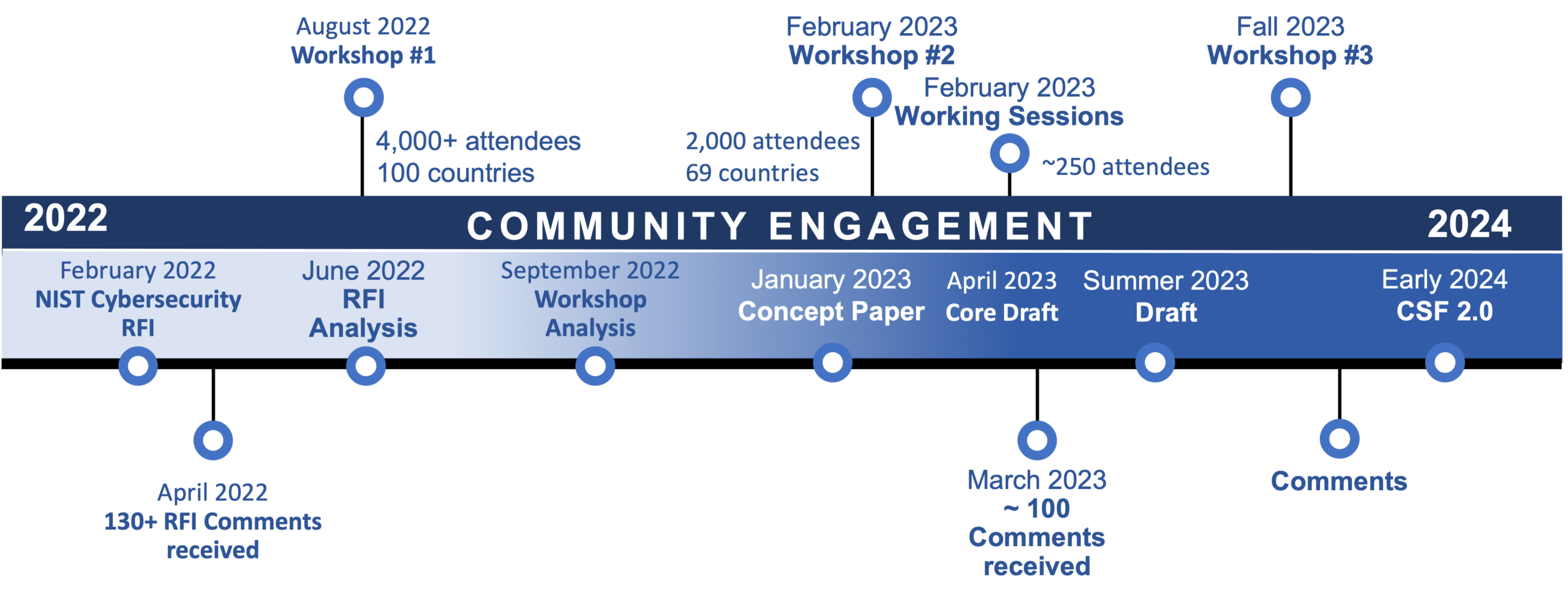The NIST Cybersecurity Framework, developed by the National Institute of Standards and Technology (NIST) under the US Department of Commerce, is a set of guidelines, best practices, and standards designed to help organizations manage and improve their cybersecurity risk management processes.
The framework provides a structured approach to address cybersecurity risks and establish a common language for communication among different stakeholders. It consists of three main components:
1. Core: The core consists of five functions—Identify, Protect, Detect, Respond, and Recover—which represent the key activities and outcomes necessary for effective cybersecurity risk management.
2. Implementation Tiers: The framework defines four implementation tiers—Partial, Risk Informed, Repeatable, and Adaptive—that describe the maturity level of an organization’s cybersecurity practices.
3. Profiles: Profiles allow organizations to align their cybersecurity activities with their business requirements, risk tolerance, and available resources. They enable organizations to prioritize and focus on the most critical areas of cybersecurity based on their specific needs.
The NIST Cybersecurity Framework is necessary for several reasons:
1. Risk Management: The framework helps organizations identify and prioritize cybersecurity risks, implement appropriate controls, and continuously monitor and manage those risks.
2. Common Language: It establishes a common language for cybersecurity discussions, enabling effective communication between different stakeholders, such as executives, IT professionals, and regulators.
3. Flexibility and Scalability: The framework is applicable to organizations of all sizes and across various industries. It allows organizations to customize their approach based on their unique requirements and capabilities.
4. Collaboration and Information Sharing: The framework encourages collaboration and information sharing among organizations, enabling them to learn from each other’s experiences and best practices.
5. Regulatory Compliance: The NIST Cybersecurity Framework is widely recognized and used by both public and private sector organizations. It can help organizations demonstrate compliance with relevant cybersecurity regulations, industry standards, and contractual obligations.
By adopting the NIST Cybersecurity Framework, organizations can enhance their cybersecurity posture, reduce vulnerabilities, and improve their ability to prevent, detect, and respond to cyber threats.
In February 2022, NIST began the process of updating CSF by putting out an RFI to gain input and insight from industry, academia and government.

